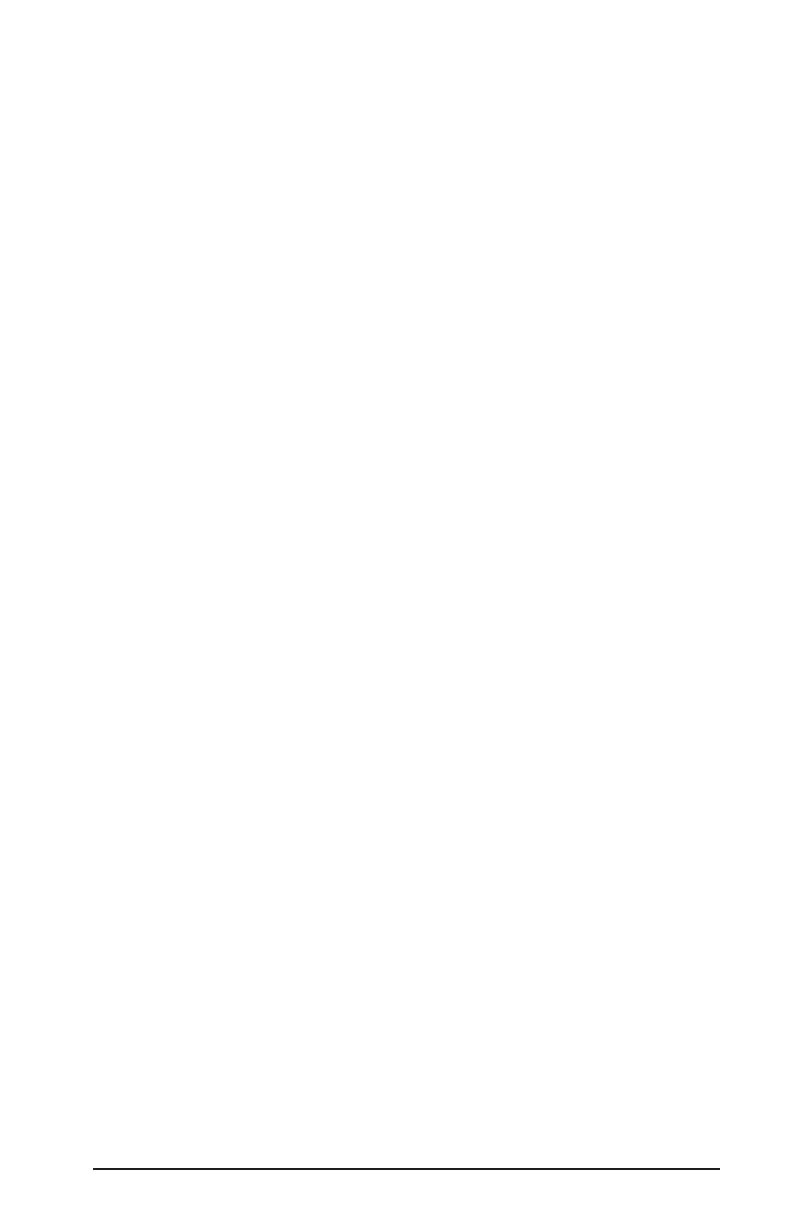13
Fields
By separating the input data record into smaller blocks (called
“fields”), each block can be edited individually. Additional fields can
also be added to the record, allowing specific functions, such as car-
riage returns or keyboard function keys, to be inserted at any point.
(The field standards for ISO Credit Cards, California driver’s licenses,
and AAMVA driver’s licenses are listed in Appendix D.)
By separating the input data record into smaller blocks (fields), each
block can then be treated individually. Additional fields can also be
added to the record in any position, allowing specific functions, such
as carriage returns. Fields are identified by a one-character ID starting
with the character “a,” up to and including “z,” in the order they were
created, allowing as many as 26 fields to be defined. These fields are
then sent to the host in the order which the user specifies. For example,
if the input data record is in the Credit Card Format for Track 2:
;1234567890123456=9912xxxxxxx?c
Field ID |a| b |c| d | e |f|g|
and your application software is looking for the data to be in the fol-
lowing format:
9912<ENTER>
1234567890123456<ENTER>
then we must divide the data record into fields, select only those fields
desired, reverse the order in which they are sent to the host, and create
a new field <ENTER> and insert it after each field.
We do this by using the defined fields and adding a new field:
Field b = 1234567890123456
Field d = 9912
Field h = <ENTER>
and sending {Field d} {Field h} {Field b} {Field h}
